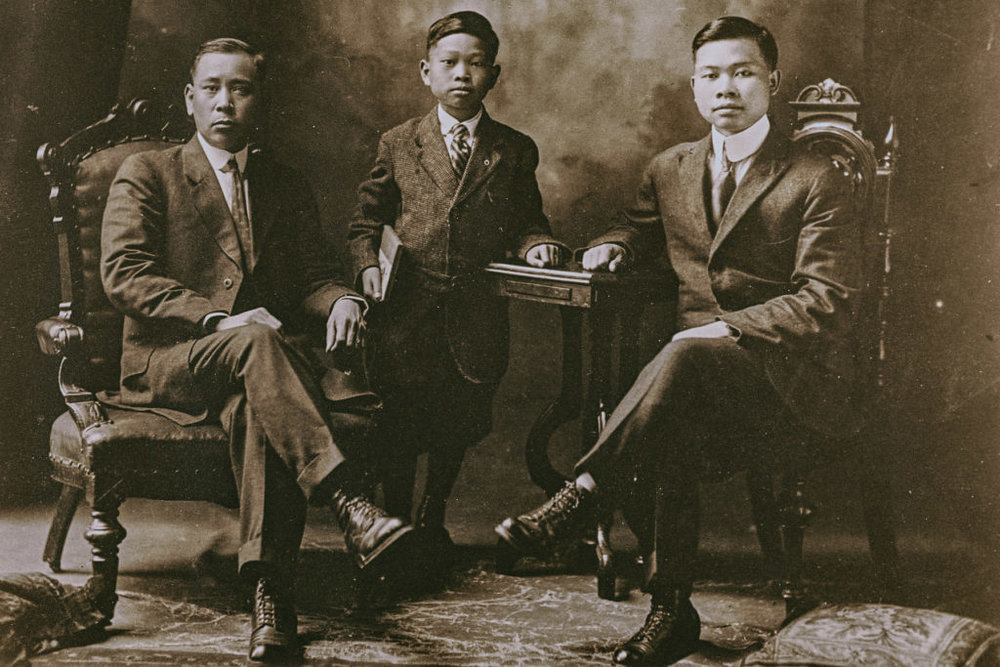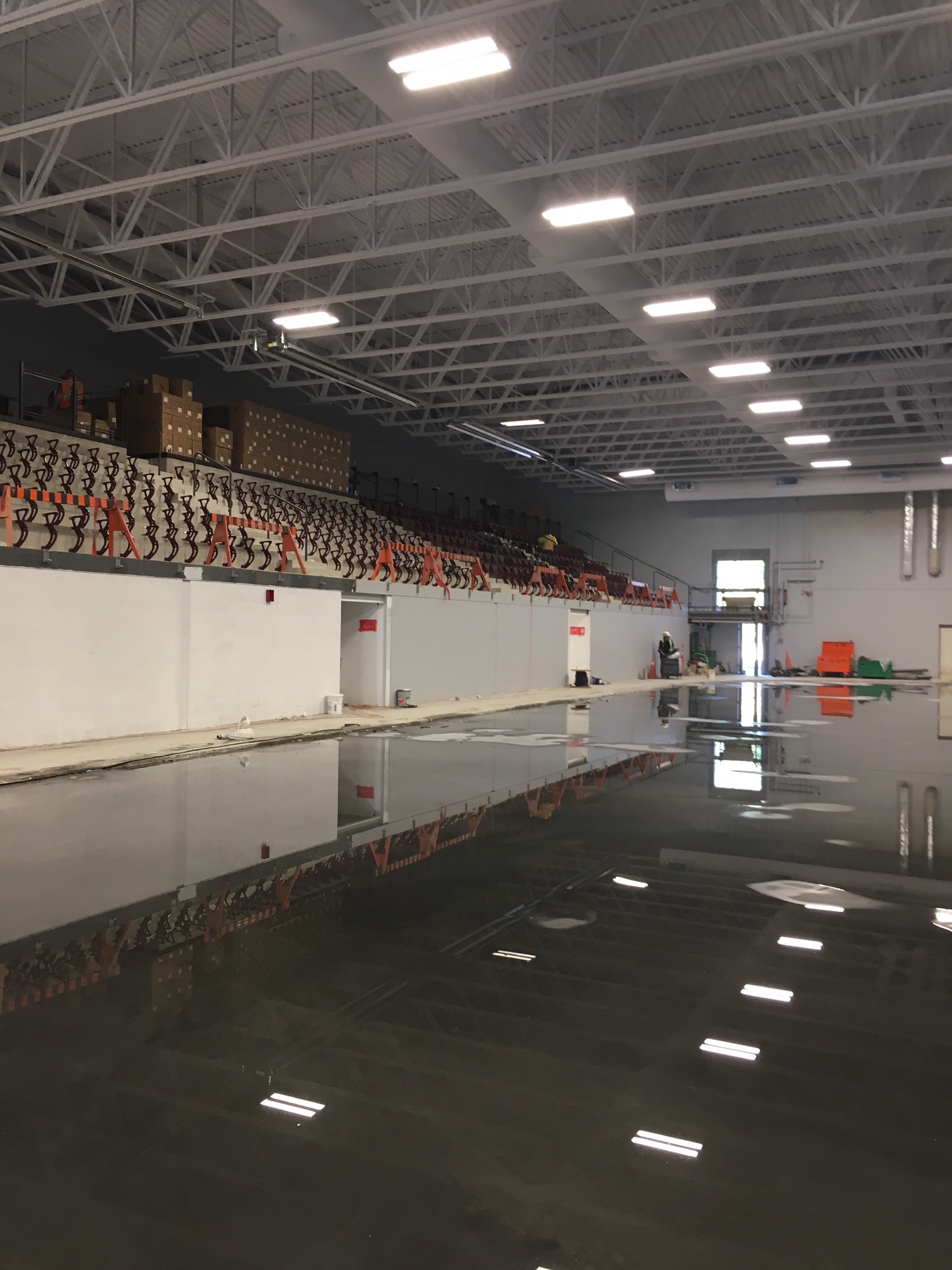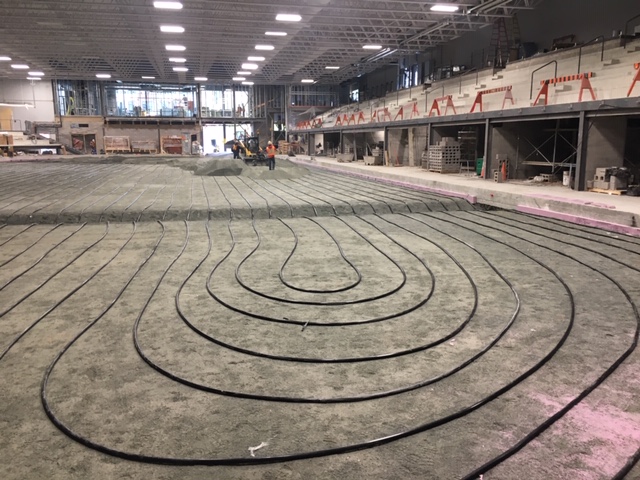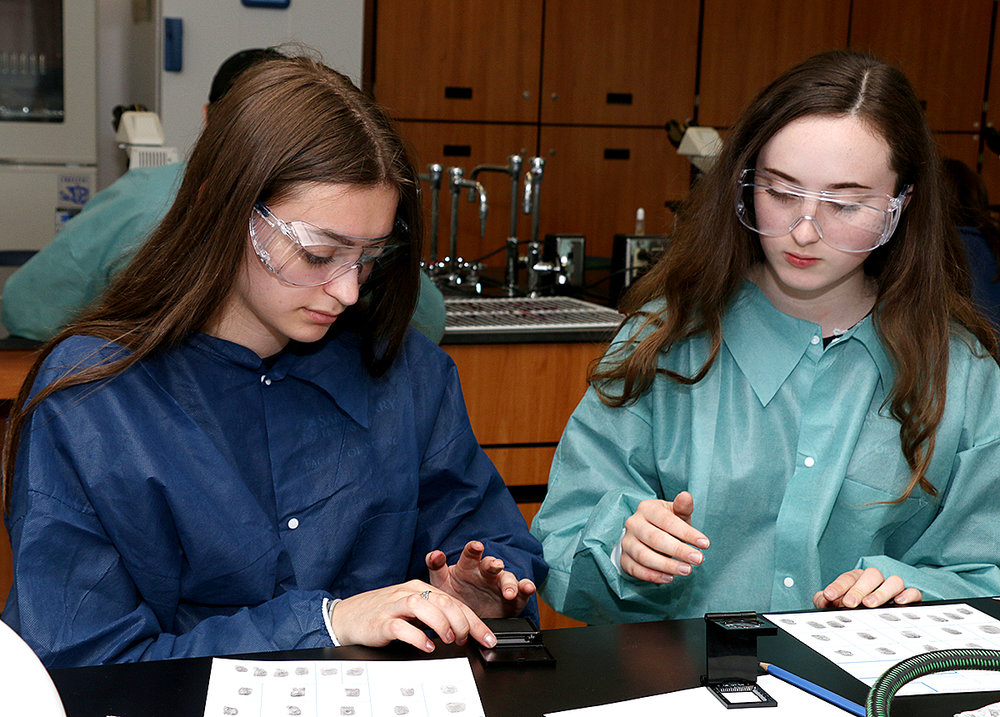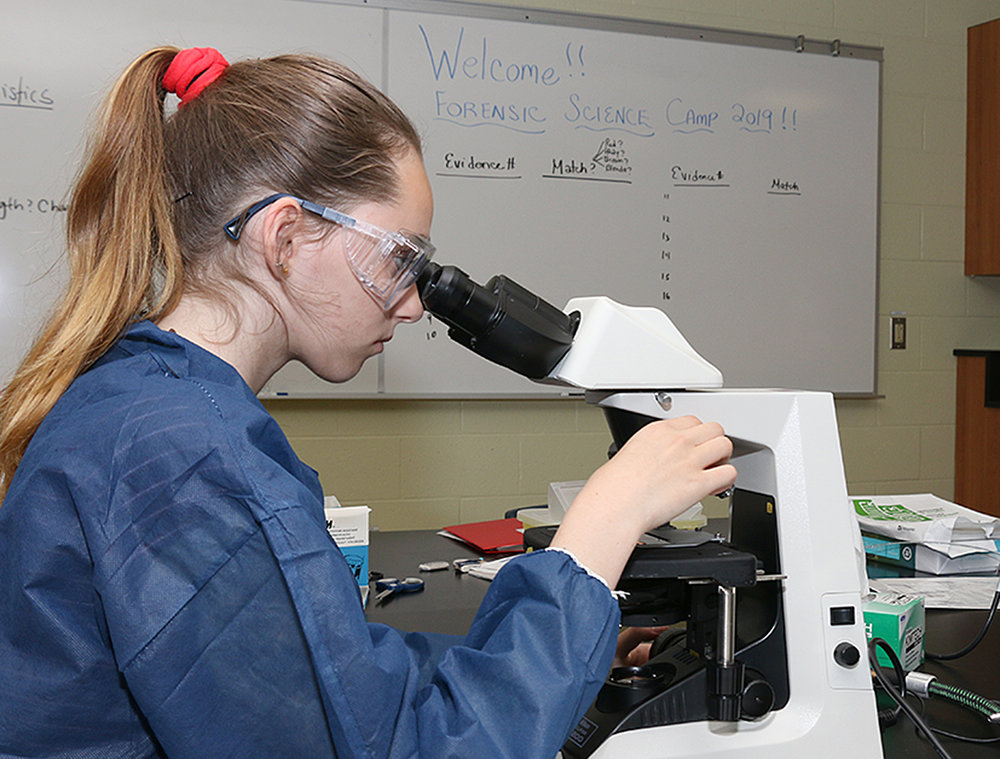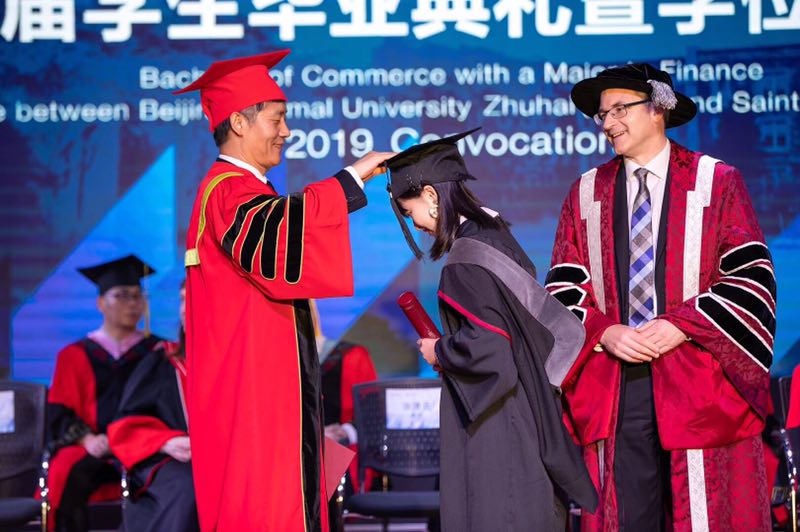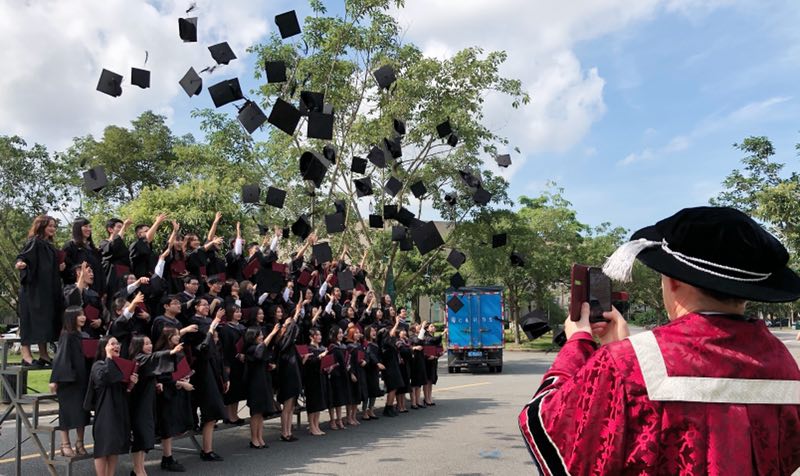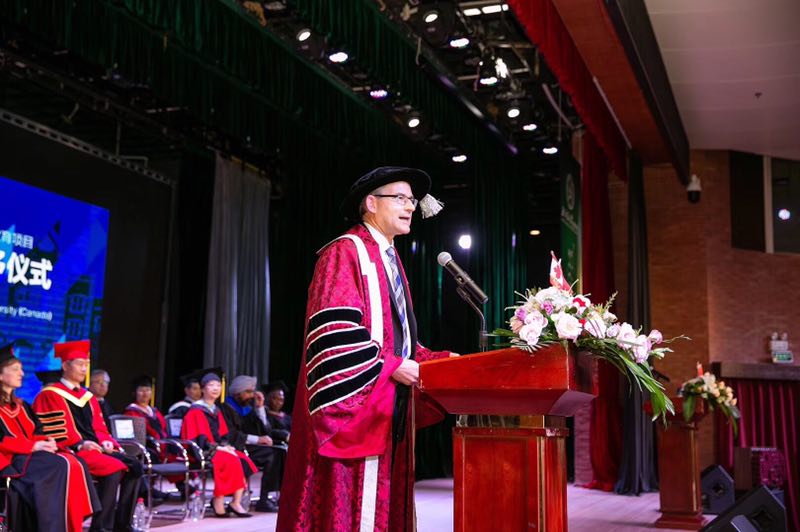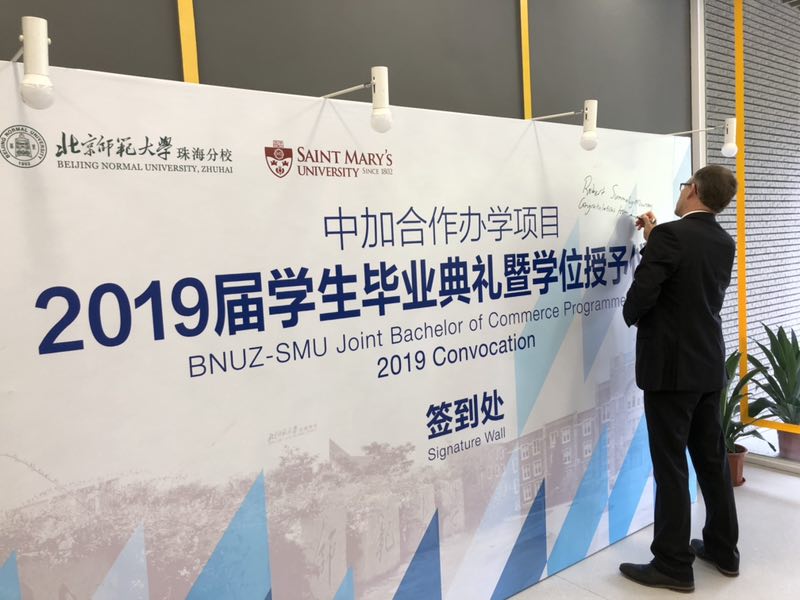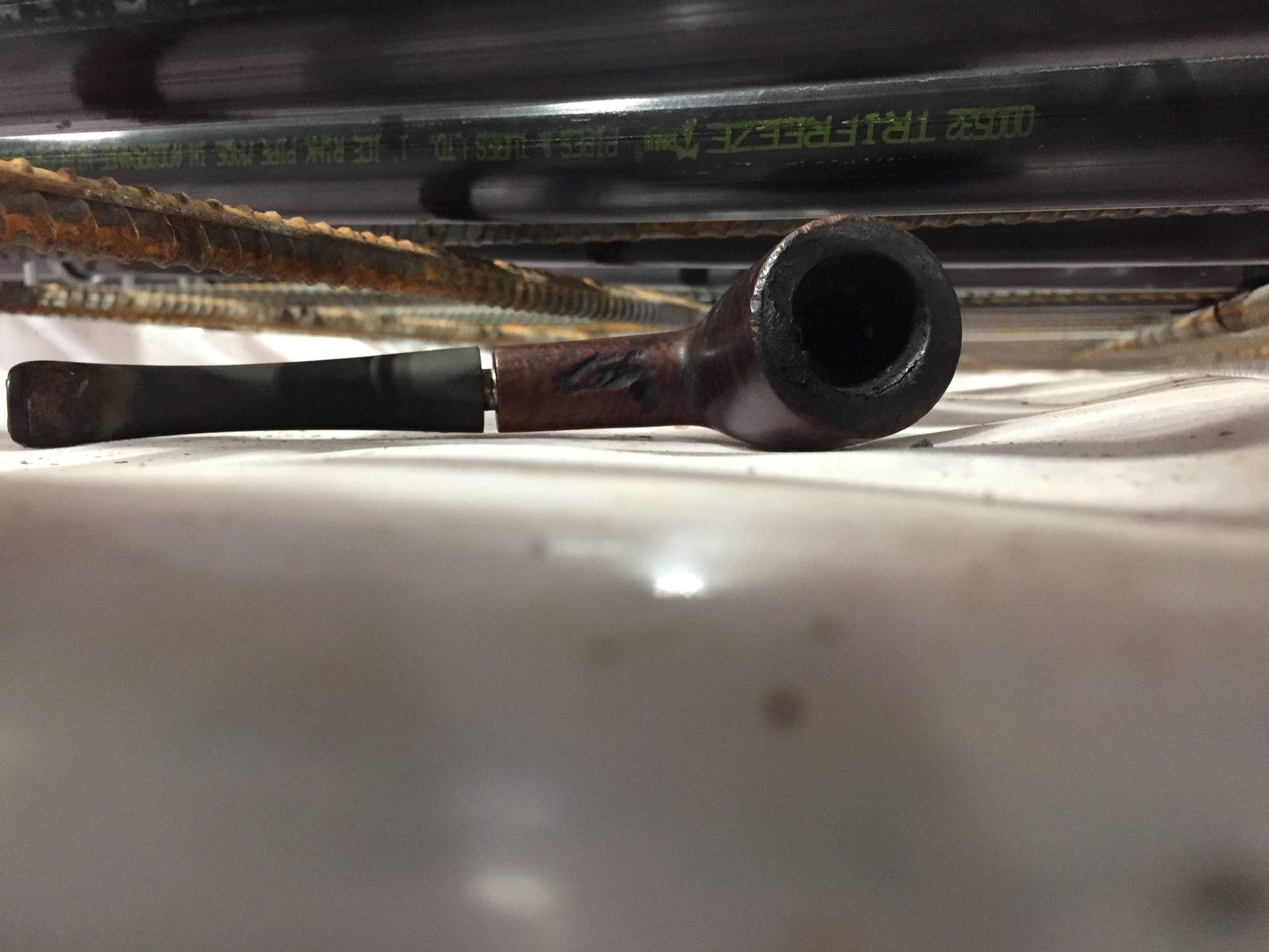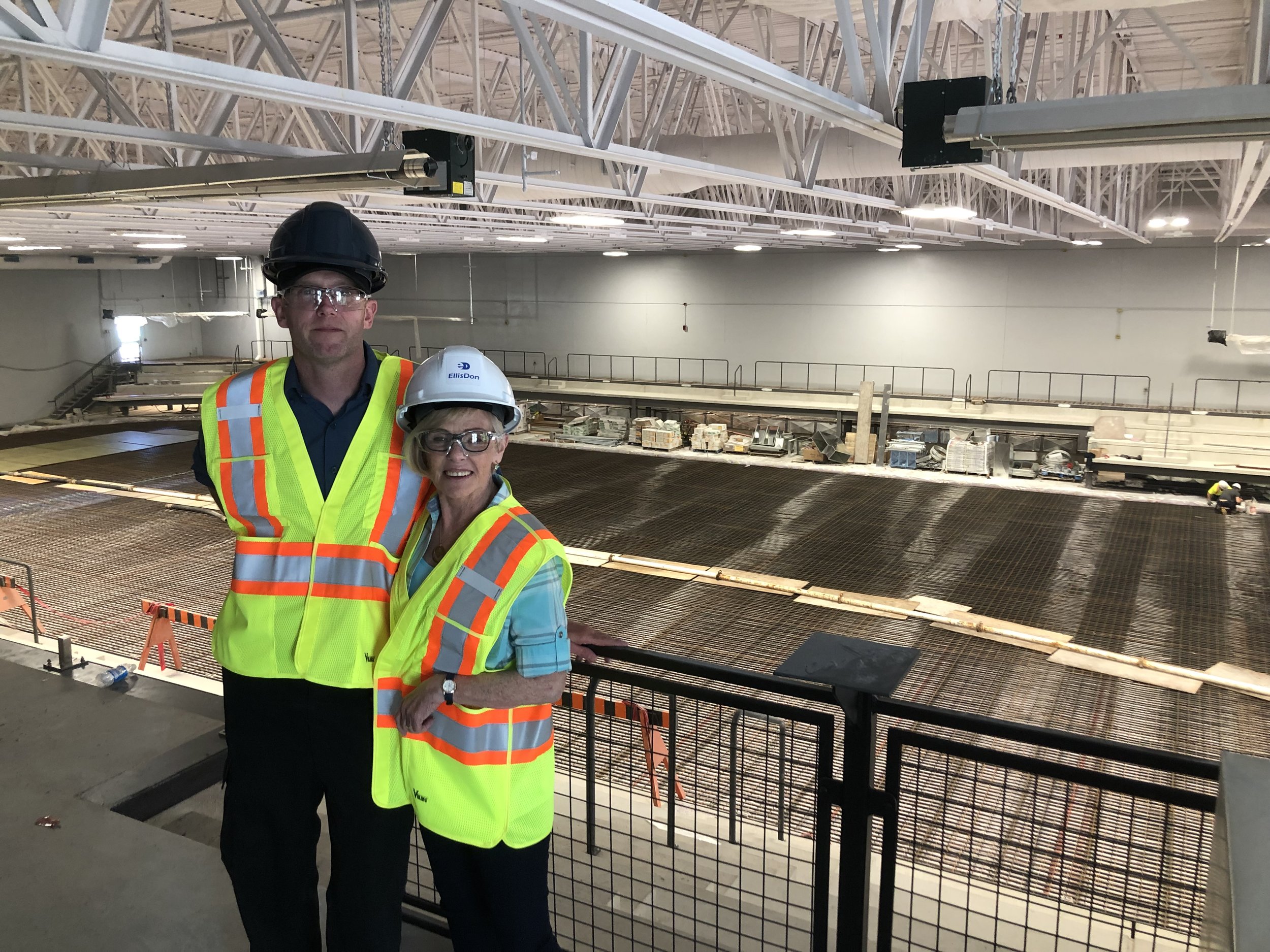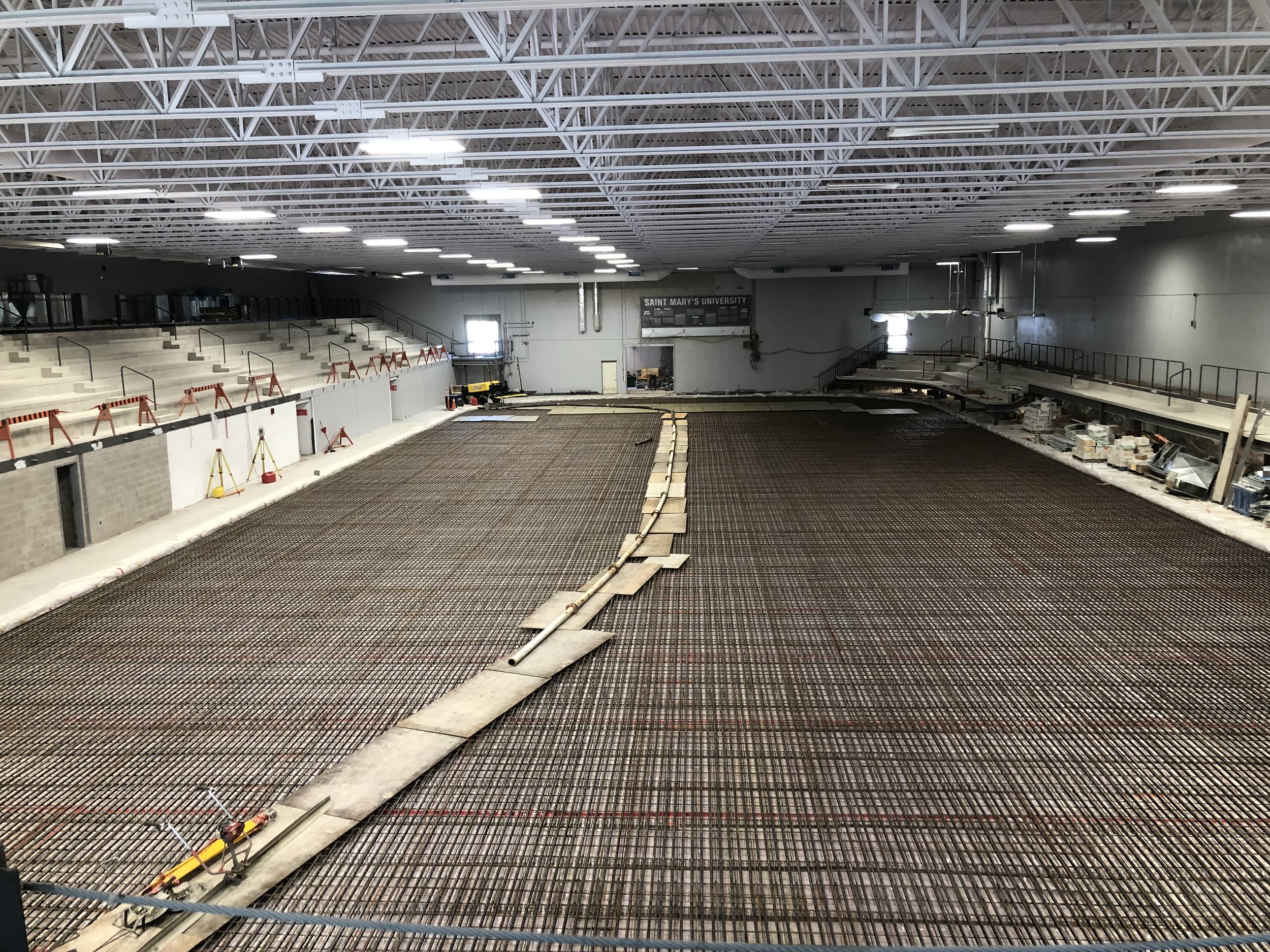Jobs and careers are top of mind for most young people and that includes youth with disabilities.
Now, a new partnership at Saint Mary’s is making it easier for Saint Mary’s students with disabilities to overcome employment barriers.
Launched this past May, the Student Employment Initiative is a joint program from the Saint Mary’s Career Services and The Fred Smithers Centre that helps students with disabilities find part-time and summer employment that matches their career aspirations. By subsidizing a portion of their wages, the initiative removes one of the common barriers facing new job seekers.
Participating students receive resume help, interview workshops, workplace accommodations and other supports, such as regular check-ins with Job Developer Ashley Burke who assesses the student’s progress and work conditions.
“The goal is to take students out of their comfort zone, challenge them in a worthwhile way, and provide meaningful work experience,” says Donnie Jeffrey, Manager, Career Services.
The initiative recently received a grant of $200,000 from the Nova Scotia Department of Labour and Advanced Education, something that Donnie Jeffrey, Manager, Career Services says validates “the success of this collaboration and shows the government’s commitment to Saint Mary’s and our students.”
Open to all faculties, the program concentrates on students in upper years, but there are no strict guidelines to stop students in any year from participating. Students are required to have a documented disability with The Fred Smithers Centre and be a recipient of a Nova Scotia issued student loan.
Student success
Though the joint initiative is new, students are finding the service immensely helpful. Fourth year psychology student Jessie Rector, who found a job as a recruiter with event and personal security firm Shadow Security, said, “The direct job experience gives me the ability to be independent while working with a team. I am developing work-related skills and building a resume.”
Building job confidence: Shadow Security Operations Manager Nate Martin hired psychology student Jessie Rector this summer through the Student Employment Initiative.
Jessie lived with anxiety as a teen, and in her first year of university noticed she was struggling writing tests and remembering information. She was later diagnosed with ADHD.
“The Fred Smithers Centre has helped me in so many ways: extra time on exams, extended paper deadlines and private examination rooms,” said Rector.
Nate Martin, operations manager of Shadow Security also sees the value of the program.
“The program is great and Ashley has brought me a number of candidates. We screen them and they are good candidates. We do up to thirty events a week and we are expanding so we need both full-time and part-time workers,” he said. “I am so impressed with one young man that I am working on creating a position for him. I remember being 20 and I want to help young people get their start.”
Saint Mary’s has been providing support for students with disabilities for over forty years. In the early years, the Atlantic Centre, as it was known, existed to help students with hearing impairments. The Fred Smithers Centre now helps students with a range of disabilities both physical and mental health related including visual or hearing impairments, mental health issues and learning disabilities such as ADHD.
The Centre is named in honour of Dr. Fred Smithers, an entrepreneur and philanthropist whose generous support is the reason for The Centre’s recent growth and reach into the wider community. Today, The Centre helps hundreds of Saint Mary’s registered students every year and is considered the leading facility of its kind in Atlantic Canada.
This latest grant from the provincial government will support the program through fiscal year 2019/2020. Students who may qualify and who are not currently involved with this program, or with The Fred Smithers Centre are encouraged to reach out and see if this is a service that could benefit them.
For more information call 902.420.5452, email the centre at Fredsmithers.Centre@smu.ca or visit their website https://smu.ca/campus-life/fred-smithers-centre.html.





